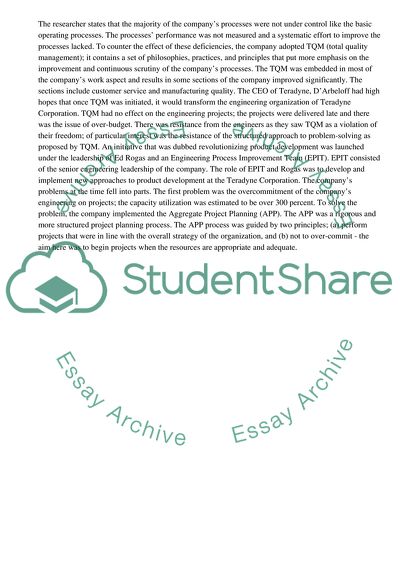Cite this document
(Teradyne Corporation: the Jaguar Project Case Study, n.d.)
Teradyne Corporation: the Jaguar Project Case Study. Retrieved from https://studentshare.org/business/1749212-hbs-the-jaguar-project
Teradyne Corporation: the Jaguar Project Case Study. Retrieved from https://studentshare.org/business/1749212-hbs-the-jaguar-project
(Teradyne Corporation: The Jaguar Project Case Study)
Teradyne Corporation: The Jaguar Project Case Study. https://studentshare.org/business/1749212-hbs-the-jaguar-project.
Teradyne Corporation: The Jaguar Project Case Study. https://studentshare.org/business/1749212-hbs-the-jaguar-project.
“Teradyne Corporation: The Jaguar Project Case Study”, n.d. https://studentshare.org/business/1749212-hbs-the-jaguar-project.


